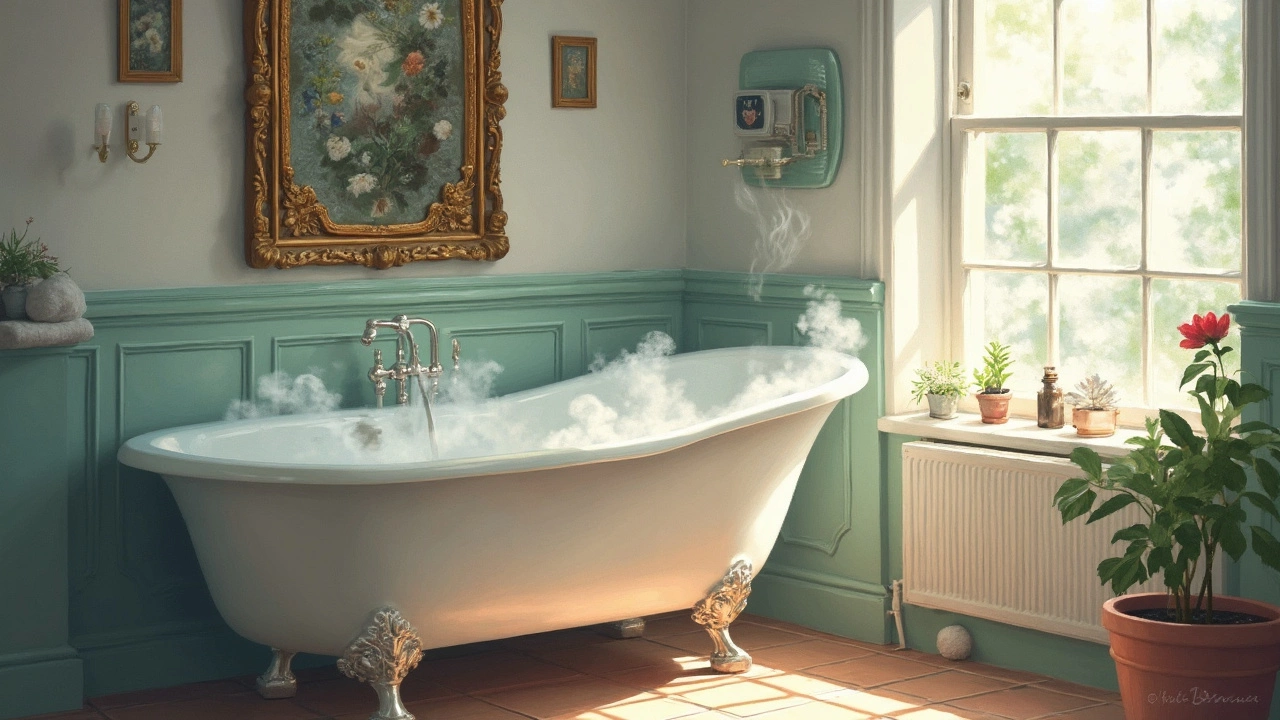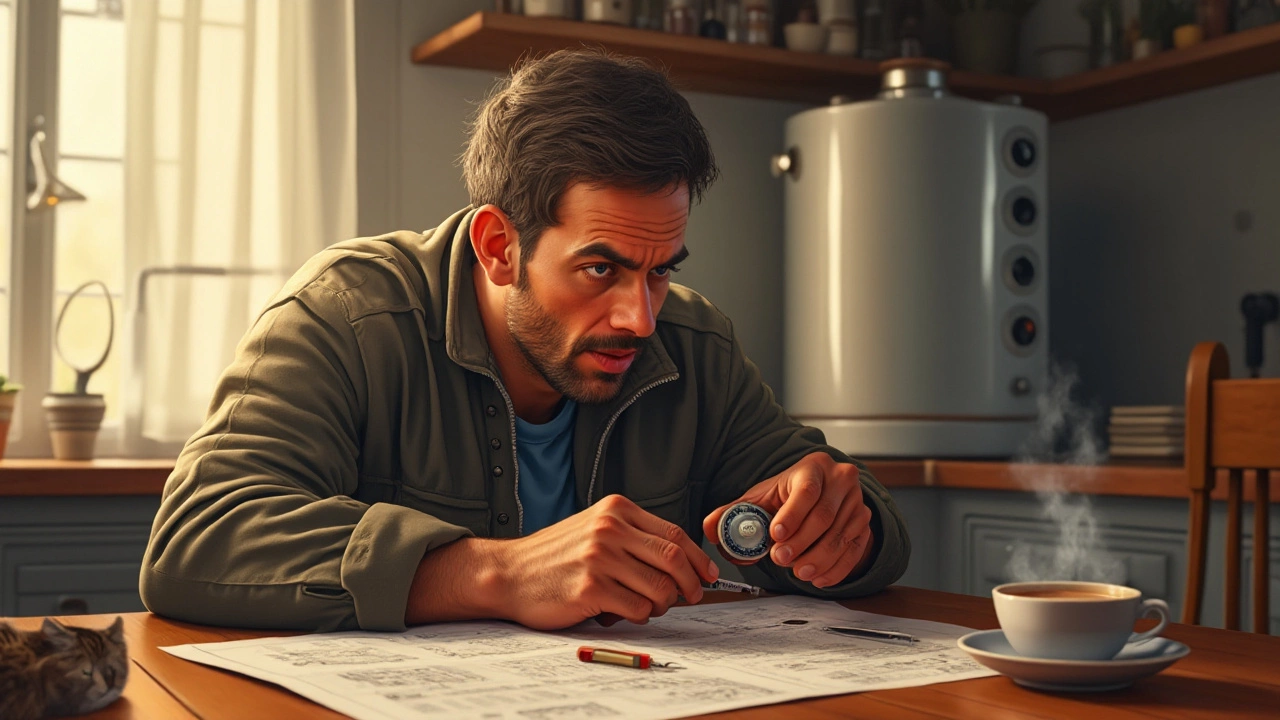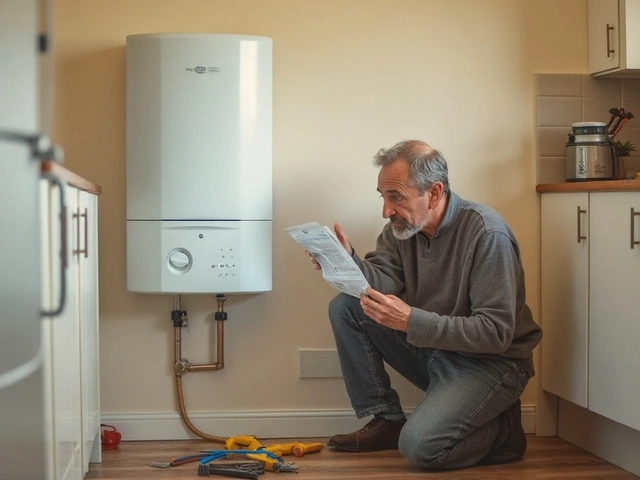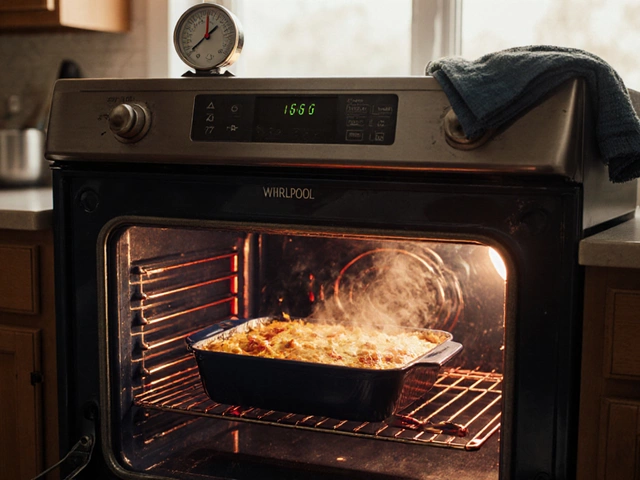Can You Service a Boiler Yourself? What You Need to Know Before Getting Started
April 25 2025Fix Water Heater: Simple Steps to Get Hot Water Back
Cold showers are a nightmare, but most water‑heater problems are easy to handle. Before you call a plumber, try these quick checks. You’ll save time, money, and maybe avoid a full replacement.
Identify the most common culprits
First, figure out what’s wrong. The usual suspects are:
- No hot water at all – could be a tripped breaker, a blown fuse, or a faulty thermostat.
- Hot water runs out quickly – often caused by sediment buildup or a failing heating element.
- Strange noises – rumbling or popping means mineral deposits are scorching inside the tank.
- Leaks – check the pressure‑relief valve and the tank’s bottom for cracks.
Pinpointing the symptom narrows down the fix.
Step‑by‑step troubleshooting
1. Reset the power
If you have an electric heater, locate the breaker in your fuse box. Switch it off for a minute, then turn it back on. For gas units, make sure the pilot light is lit; if it’s out, follow the manufacturer’s relight instructions.
2. Test the thermostat
Set the dial to a higher temperature (around 130°F/55°C). If the water stays cold after an hour, the thermostat may need replacement.
3. Flush the tank
Sediment reduces efficiency and can cause noise. Turn off the heater (electric: breaker; gas: thermostat). Connect a garden hose to the drain valve at the bottom, open the valve, and let water run until it’s clear. Close the valve, refill the tank, and restore power.
4. Inspect the heating element
For electric tanks, the element can burn out. After turning off power, remove the access panel, test the element with a multimeter (should read around 30 Ω). Replace if it reads infinite.
5. Check the pressure‑relief valve
Lift the valve’s test lever. Water should gush out briefly. If it doesn’t, the valve is stuck and needs swapping.
6. Look for leaks
Dry the tank, then watch for drips over a few hours. A leak at the tank’s base usually means the whole tank needs replacement.
When to call a professional
If you’ve tried the steps above and still have no hot water, or if you discover a leak at the tank’s bottom, it’s time to get an expert. Gas‑related issues, especially a faulty gas valve, should never be DIY‑handled. A certified gas engineer can safely fix or replace the component.
Also, if your water heater is over 10‑12 years old and you’re facing repeated problems, a replacement may be more cost‑effective. New models are more efficient and can lower your energy bills.
Keep your heater happy
Regular maintenance can extend the life of any water heater. Flush the tank once a year, test the pressure‑relief valve, and keep the area around the unit clear of debris.
By following these simple checks, you’ll know when a quick fix will do and when a professional’s help is the safest route. Enjoy hot showers again without the stress of surprise breakdowns.
 26 Mar
26 Mar
Fixing a Water Heater That Keeps Tripping
If your water heater keeps tripping, it might feel like a never-ending nuisance. This article walks you through the common reasons behind this issue and offers practical steps to troubleshoot and fix it. From checking the circuit breaker to inspecting the thermostat, we'll help you figure out what’s causing the problem. Let’s get your water heater back on track and ensure you’re never surprised by a cold shower again.
Read More... 31 Jan
31 Jan
Troubleshoot and Fix a Water Heater Delivering Cold Water
A cold water surprise from your water heater usually signals a problem, and it’s essential to diagnose and fix it before it turns into a costly repair. From checking the thermostat to flushing out sediment, understanding the mechanics can help get your water heater back in action. In some cases, the fix might be simple; other times, professional help might be needed. Explore some hands-on tips and tricks for those willing to try a do-it-yourself approach. Remember, safety is crucial when dealing with the appliance that combines water and electricity or gas.
Read More...



